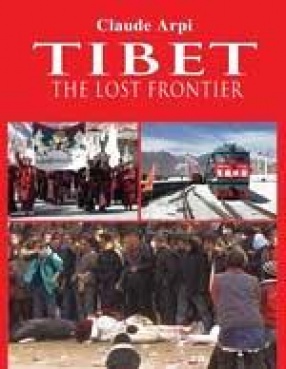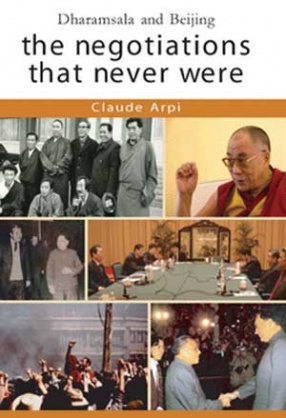
Showing all 8 books





Though Tibet’s system of governance had serious lacunas, the Land of Snows was free and independent. In October 1950, Mao’s regime decided to ‘liberate’ it. ‘Liberate’ from what, was the question everybody asked.
Though some in Delhi did not realise it, it would soon be a tragedy for India too, as it had to suddenly live with a new neighbor, whose ideology was the opposite of Buddhist values.
The narrative starts soon after ...



In October 1950, Communist China invaded Tibet. After nine years of difficult co-habitation with the occupiers, the Dalai Lama, the young temporal and spiritual leader of the Tibetans, had no choice but to flee his country to take refuge in India. It took 20 years for the Tibetans to renew a dialogue with the leaders in Beijing. Soon after Deng Xiaoping’s return to power in 1978, the first contacts were made. Using rare documents, this is the story of ...

This book is an in-depth study of the origins of the fate of a nation. It begins from the time Buddhism was introduced in Tibet. It studies the evolution of the Priest-Patron Relationship with the Mongol Khans and later the Manchu Dynasty. It observes the effect of the appearance, in the eighteenth, of a new player on the stage: the British Empire with its 'large insect' expansionist policies and its rivalry with the Russian Empire. It looks at the conservative ...

A hundred years ago a young British Colonel, Francis Young husband entered the Holy City of Lhasa and forced upon the Tibetans their first Agreement with the mighty British Empire. In signing this treaty with the crown, Tibet was 'acknowledged' as a separate nation by the British. Ten years later, London called for a tripartite conference in Simla to settle the issue: British India, Tibet and China sat together at a negotiation table for the first time. The Simla ...

For the past 30 years, Claude Arpi has been a keen observer of the political developments in India and her neighbourhood. In the early 90’s, he has writing on current affairs in the region, sharing with his readers his research on the history of the subcontinent. This series of articles published over a span of ten years covers subjects as diverse as the Dalai Lama’s non-violent struggle for Tibet’s ‘genuine autonomy’, the rise of China, the Kashmir ...

Delving deep into the history of the Roof of the World, this book introduces us to one of the greatest tragedies of modern times, its principal characters as well as the forces impelling them, consciously or unconsciously. The main ‘knot’ of our ‘drama’ was staged in 1950. During this ‘fateful’ year the dice of fate was thrown. There are turning points in history when it is possible for events to go one way or the other — when the tides of time seem ...
